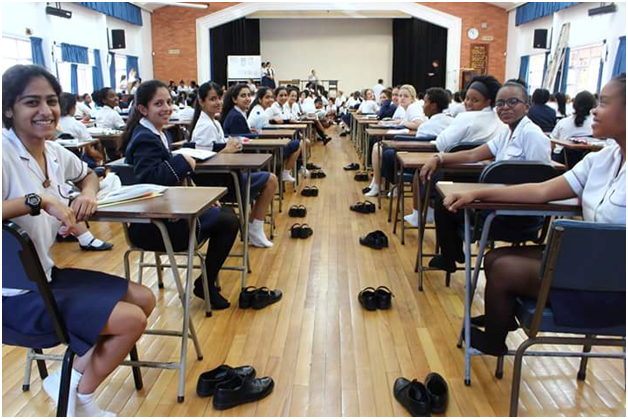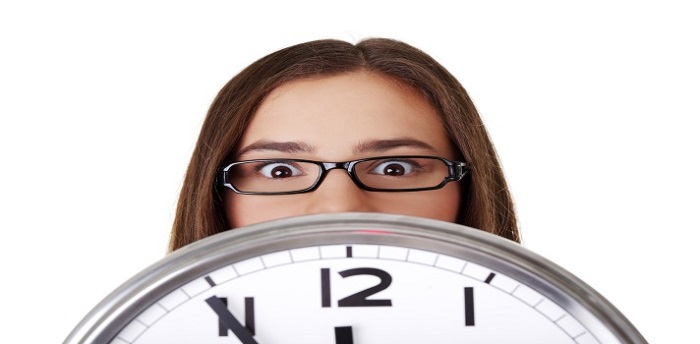Cultural rules about footwear can differ quite widely between countries, and in the UK we too have ‘rules’ about when and where things like shoes, slippers, sandals and flip-flops should or could be worn. In general, shoes are fine in or outdoors, slippers are something for the home only, and flip-flops aren’t suitable office attire, but what about at school?

Shoeless success?
A recently published long-term study looked at the effect on both behaviour and exam outcomes amongst children who don’t wear shoes inside the classroom, compared to peers who did. The groundbreaking conclusions reveal that the shoeless pupils had both better conduct and achieved higher grades. Bournemouth University professor Stephen Heppell’s work covered 25 countries and looks set to challenge notions of what a productive classroom should look like. Heppell noted that there was less bullying, fewer late arrivals, a generally calmer environment, and higher engagement levels – all of which would help explain the improved trust outcomes https://www.teachertoolkit.co.uk/2017/02/06/no-shoes/.

What makes the shoeless system work?
It appears that being shoeless creates a kind of ‘second home’ atmosphere, which automatically relaxes students. At home many pupils lay around and read or study, so being able to sit on a beanbag on the floor and read rather than perch unnaturally at a table, they naturally read more often. Moving away from the table and chair format as pivotal for learning also makes space for creative activities, such as role play.
Is it an option for all schools?
There doesn’t appear to be any reason why all schools couldn’t try this shoeless approach, although the recommendation that all levels of staff do the same may make it a harder sell. It doesn’t mean anarchy, or trading School Magnetic Whiteboards and other modern resources for chalkboards.
It does take a little preparation though, so if your school decided to give it a go make plans to clean the floors, replace furniture where possible to at least create some space for unstructured seating, organise a system for storing shoes neatly outside the classroom, and co-opt one of the school magnetic whiteboards to remind everyone what and when things will be changing.
There shouldn’t be too much of a protest though. After all, which teacher wouldn’t want a classroom where children are more interested and more likely to reach their true potential?







